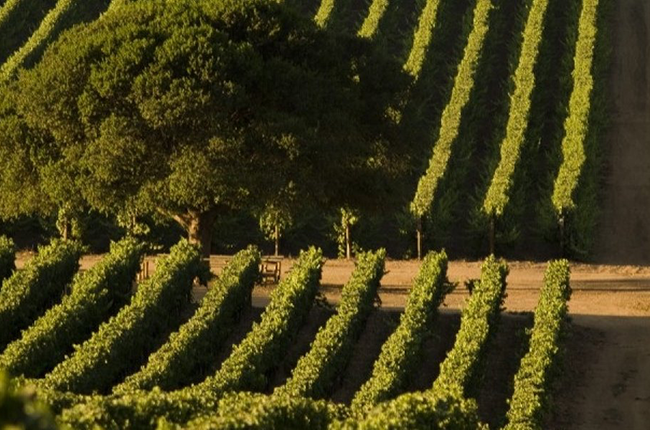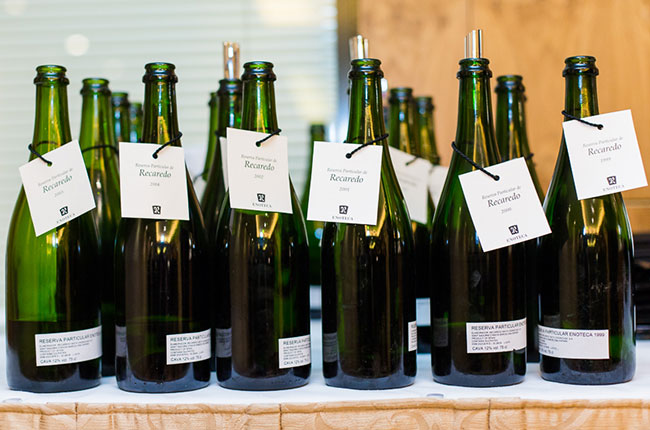Our expert explains everything...
Assyrtiko: oaked or not?
P McGlynn, Edinburgh, asks: I was at a dinner with friends and they served a wine blind before dinner.
I thought it might have been Sauvignon Blanc, but there were definitely toasty, woody notes.
It turned out to be Assyrtiko, which confused me, as I thought it was only unoaked. Are oaked versions becoming more fashionable?
Joanna Simon replies: It was a good guess! The variety’s powerful mineral character, citrus intensity and high acidity could easily be taken for Sauvignon Blanc.
As for oak, most Greek Assyrtikos are unoaked, but fermenting and/or ageing in oak isn’t new.
-
Greek white wines: 10 great value choices
-
Decanter travel guide: Santorini
-
Top Athens wine bars and restaurants
-
Volcanic wines of Santorini, Etna and Tenerife
Two of the Assyrtiko-based wine classifications for Santorini actually prescribe oak ageing: a minimum of 24 months for the sweet Vinsanto and three months for the bone-dry Nykteri, but many of the producers of oaked dry Assyrtiko today don’t use the Nykteri classification.
If anything, oak is being used a little less than a few years ago, or at least more sensitively.
There are still some heavy-handed examples, but far fewer than before.
Applied carefully, oak works well with Assyrtiko: it can add depth and breadth plus toasty flavours that complement Assyrtiko’s piercingly intense flavour profile and high acidity.
-
Got a question for Decanter’s experts? Email us: editor@decanter.com or on social media with #askDecanter
More questions answered:

Cycling in the Loire – ask Decanter
Jim Budd is your virtual tour guide...

Weekend Chile wine tour – ask Decanter

Premium Cava classification – ask Decanter
Cava has introduced a new top tier classification for single-estate wines...

Travelling with wine – ask Decanter

Ageing Chianti Classico wines – ask Decanter
Ian d'Agata on how well Chianti ages...

Wine shipping costs – ask Decanter
Is it more expensive to ship wine from further away?







